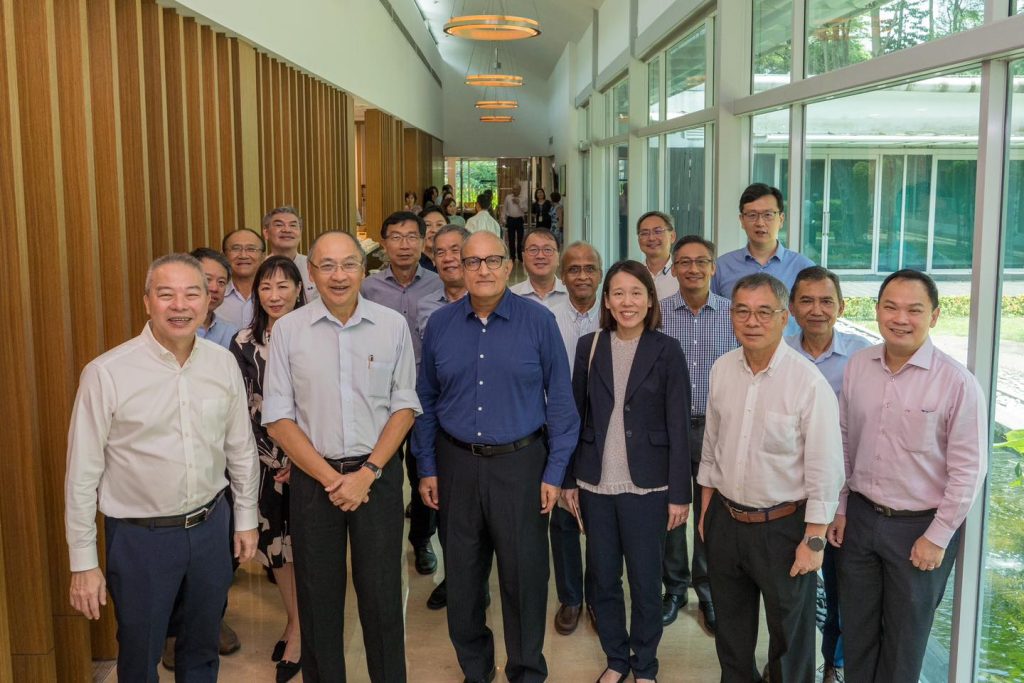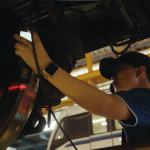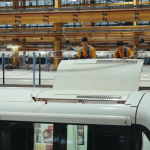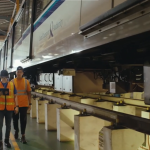 Singapore’s Minister for Transport S Iswaran launched the 2025 Land Transport Industry Transformation Map (ITM) developed by the Land Transport Authority (LTA) in collaboration with industry and union partners.
Singapore’s Minister for Transport S Iswaran launched the 2025 Land Transport Industry Transformation Map (ITM) developed by the Land Transport Authority (LTA) in collaboration with industry and union partners.
The vision is set to build a sustainable and resilient transport sector, a future-ready workforce and a vibrant ecosystem.
The ITM 2025 is built on three strategic outcomes including a future-ready workforce, a sustainable and resilient land transport and a reliable and const-effective transport system based on innovation and technology.
“Talent development and skills upgrading for workers remain key to the land transport sector’s transformation and resilience. LTA is partnering the public transport operators and unions to equip workers with the skills to meet new challenges, so that our workforce remains productive and future-ready,” Chee Hong Tat, Senior Minister of State at the Ministry of Transport said.
“Co-innovation between the public and private sector can accelerate the development of a safer, more efficient, and future-ready land transport network. We encourage industry players to collaborate with LTA on platforms like the Land Transport Innovation Portal, and ideate and test-bed solutions for Singapore’s land transport challenges,” Alex Hungate, Chief Operating Officer and Co-Chair of the Future Economy Council (FEC) Connectivity Cluster.
The land transport industry is a “key pillar in enabling connectivity that supports the economy” and “is only able to achieve this through the efforts of its workers,” LTA says.
With more than 100,000 workers, the workers undertake various roles including bus captains, bus mechanics, customer service officers, railway engineers, station managers, as well as point-to-point (P2P) drivers.
In particular, public transport is a growth segment in the industry. Since 2018, about 1,000 new jobs have been created in the rail sector and 800 additional jobs will be created as Singapore’s rail system is expanding and “even more with the development of the Jurong Region Line and Cross Island Line.”
The authorities estimate that the workforce in the public transport sector is expected to grow by around 4% by 2025, from 22,000 workers currently.
The nature of the work will also change due to advancement in technology and digitalisation. Under the Land Transport Industry Transformation Map, LTA will work with National Transport Workers’ Union (NTWU) and public transport operators to upskill rail workers to use new and emerging technologies such as data and statistical analytics, as well as condition monitoring, to increase efficiency and productivity.
More than 2,900 workers have enhanced their skills since 2020 under the Rail Manpower Development Incentive.
Concerning the innovation and technology, LTA is aware of the importance of collaborating with the private sector to find new solutions to build a reliable and cost-effective transport system. The authority says that “an open innovation approach with our industry and academia partners will help tap on external ideas to enhance the efficiency of our land transport system. This includes democratising data and co-creating innovative solutions to enhance operational processes as well as for environmental sustainability.”
In September 2022, LTA launched the Land Transport Innovation Portal as a one-stop platform for all innovation matters to streamline outreach to industry partners. The portal shares operational problem statements from LTA and information on upcoming innovation events to help partners better understand LTA’s needs and discover opportunities for co-innovation and collaboration.
Share on:







